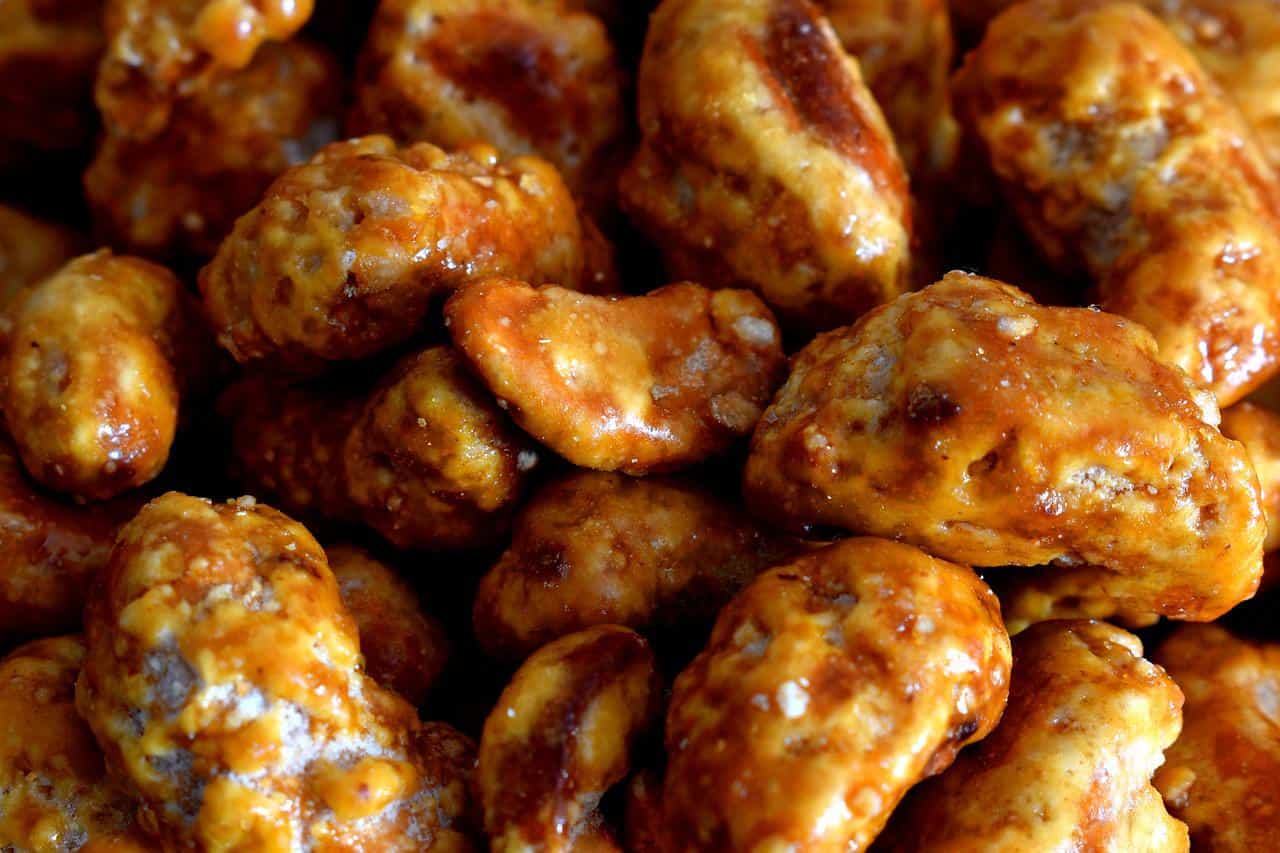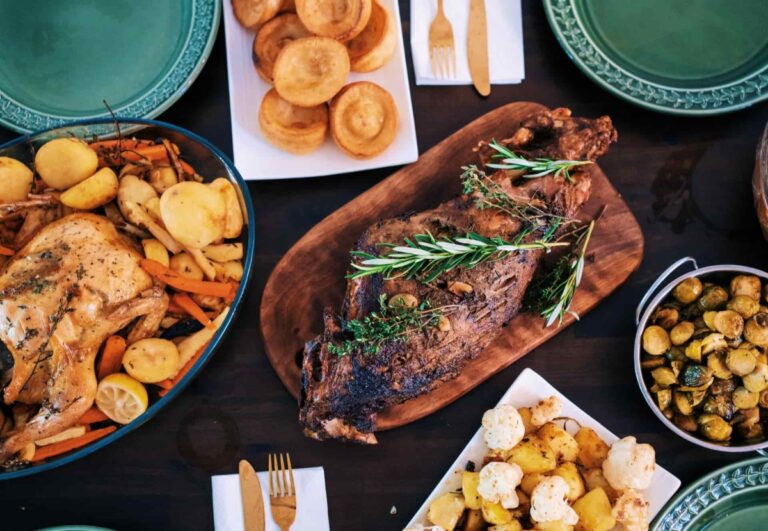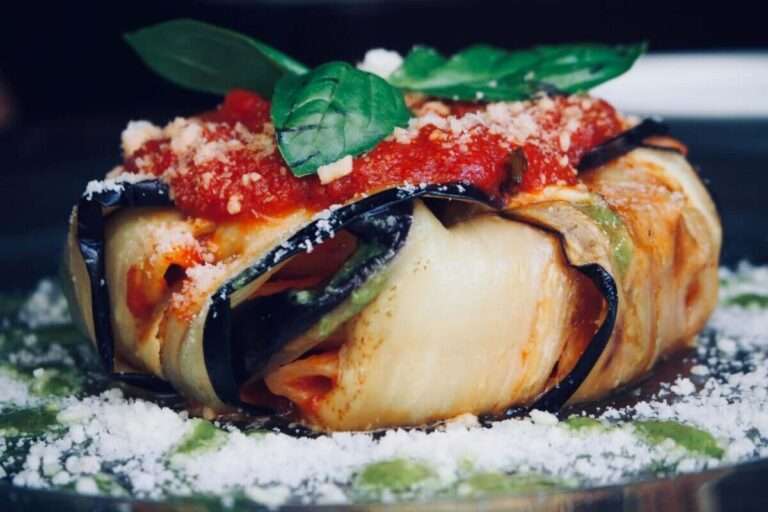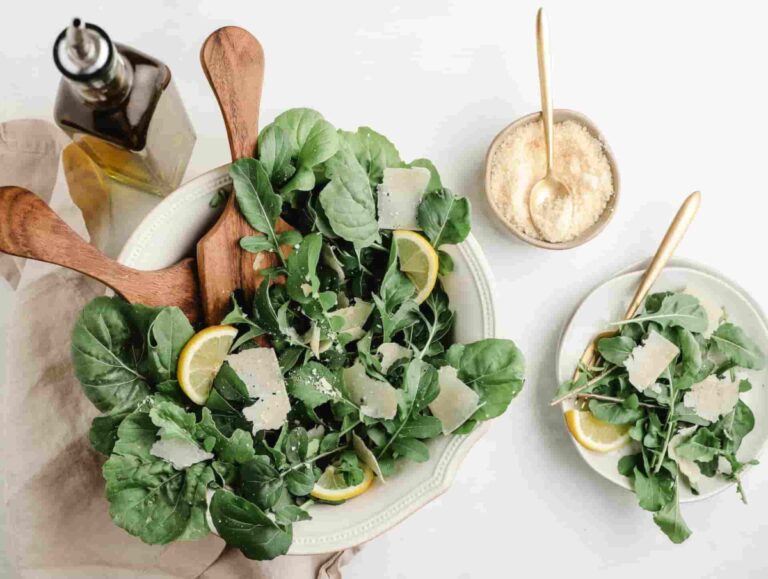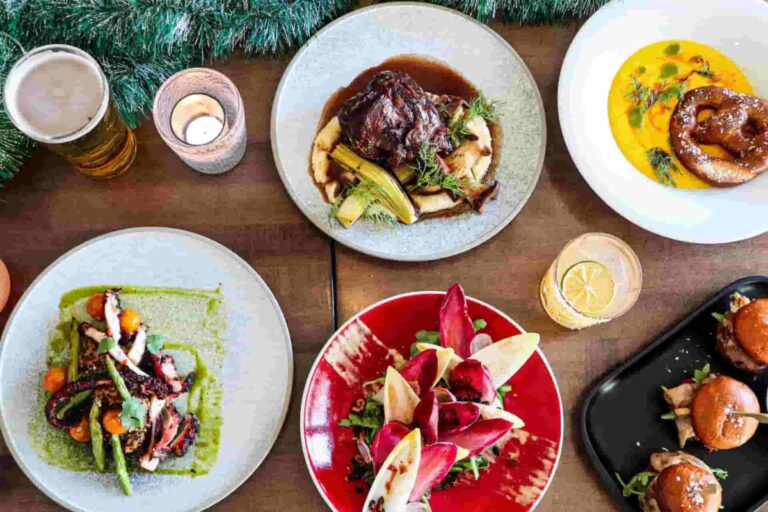Amazing Brazil nuts, free tips and secrets
Did you know that Brazil nut trees are one of the most valuable non-timber items that come from the Amazon region?
- Because of their delicate ecological needs, they are also particularly vulnerable to the consequences of deforestation. The illegal cutting down of trees and the clearing of land are both continuing to be key causes for worry.
- The majority of Brazil nuts are gathered from the wild by individuals in the surrounding area. The harvesting and selling of Brazil nuts is a vital and sustainable source of revenue for many forest-based groups, and the sweet nuts supply protein and calories for Brazilians living in tribal, rural, and even metropolitan settings.
- The seed is where the oil of the Brazil nut is extracted. In addition to its applications in the food industry, Brazil nut oil is put to work as a lubricant in clocks, in the production of paints for artists, and in the cosmetics sector.
- One Brazil nut tree may yield up to 113 kilogrammes (250 pounds) of Brazil nuts every year, and each tree produces between 60 and 215 pods. The pods take roughly 15 months to develop to maturity, and they are gathered after they have fallen to the ground.
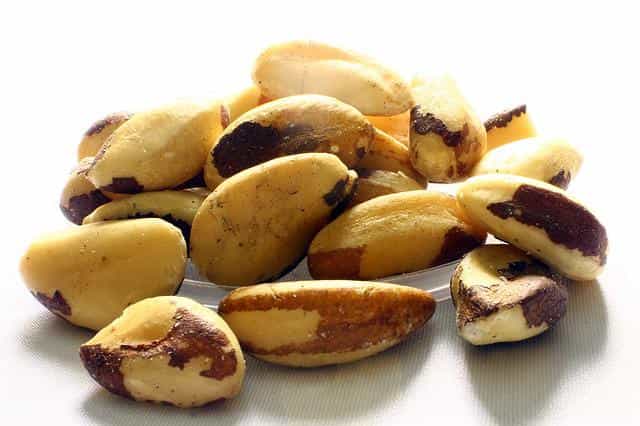
Brazil nuts nutrition values and health benefits
- These nuts are one of the most concentrated dietary sources of the mineral selenium, in addition to having a high energy content and nutrient content. Consuming Brazil nuts may improve your health in a number of different ways, including the regulation of your thyroid gland, the reduction of inflammation, and the promotion of the health of your heart, brain, and immune system.
- Brazil nuts are an excellent source of both energy and healthy fats, and they are also an excellent source of a variety of minerals and vitamins, including thiamine, selenium, magnesium, copper, phosphorus, manganese, and vitamin E.
- Selenium can be found in Brazil nuts at high concentrations. It is possible that just one nut can provide 175% of the daily value that is advised. Selenium is a trace element that is essential to the creation of healthy cells as well as the appropriate operation of your immune system and thyroid gland.
- The thyroid gland is the organ that is responsible for the production of hormones that are necessary for normal development, metabolism, and control of the internal body temperature. There is enough selenium in a single Brazil nut to aid in the production of thyroid hormones and the generation of proteins that protect the thyroid gland from injury. Brazil nuts are native to South America.
- Brazil nuts, in addition to containing other essential minerals, also contain antioxidants such as selenium, vitamin E, and phenols. Even eating just one nut on a daily basis has the potential to reduce inflammation. But in order to continue reaping the benefits, you are going to need to keep up a consistent level of consumption over time.
- Brazil nuts include a variety of beneficial fatty acids, such as polyunsaturated fatty acids, in addition to a multitude of antioxidants, minerals, and fibre, all of which may help lower the risk of developing cardiovascular disease. It is possible that consuming Brazil nuts can enhance your heart health by lowering your levels of LDL cholesterol (the “bad” cholesterol), increasing your levels of HDL cholesterol (the “good” cholesterol), and improving the functionality of your blood vessels.
- Ellagic acid, which may be found in Brazil nuts, has been demonstrated to have neuroprotective effects on the cells of the brain. In addition, studies have indicated that increasing your selenium intake can reduce your risk of acquiring certain brain diseases, in addition to improving both mental function and mood. In spite of this, additional research is necessary.
- Intoxication with selenium can be fatal, despite the fact that it occurs relatively infrequently. Selenium’s healthy maximum limit is 400 mcg per day. Be sure to check the selenium concentration of the nuts you buy, and keep your daily consumption of Brazil nuts to no more than one to three nuts.
- Nuts from Brazil are nutritional powerhouses because they include a variety of beneficial elements, including lipids that are good for the heart, antioxidants, vitamins, and minerals. Selenium is a mineral that is well known for the tremendous antioxidant capabilities it possesses, and it has an especially high concentration of it.
- Foods such as Brazil nuts have the potential to benefit health in a number of ways, including the reduction of inflammation, the promotion of brain function, and the improvement of thyroid and cardiovascular function.
- In order to prevent an unsafe level of selenium absorption into the body, limit your daily consumption of Brazil nuts to one to three nuts per day.
28g of raw brazil nuts has 187 calories(782kj), 4.1g protein, 19g fat, and 3.3g carbs including 2.1g fibre
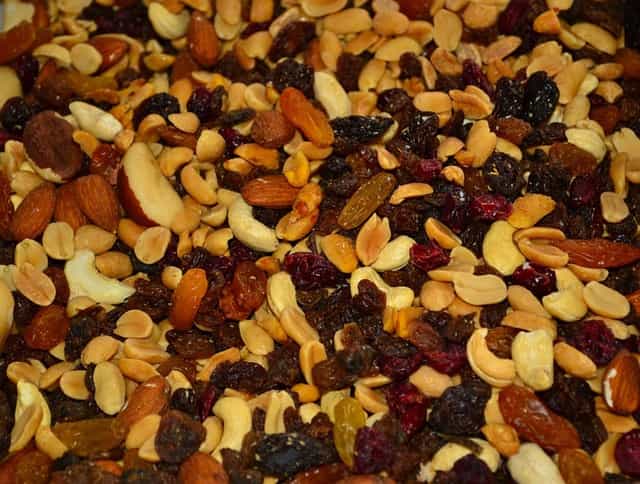
How to store brazil nuts and how to buy them
- It is recommended that Brazil nuts be kept in a cool, dry place, just like almonds or macadamia nuts are kept. Remember that being cold does not necessarily mean that anything is stored in the refrigerator. It suggests that the meal should be served at room temperature (or slightly below), and that it should be kept away from any sources of heat.
- After the nuts have been picked and shelled, it is helpful to store them in a bag or container that is airtight if you know the nuts will be edible for at least a couple of months after they have been harvested. This is especially true for shelled Brazil nuts, which are the variety that the vast majority of consumers select to include in their diets.
- The length of time you want to keep Brazil nuts in storage is the single most important factor to consider when selecting whether or not to store them in the refrigerator. When it comes to the storage of products for extended intervals of time, such as six months or longer, the refrigerator is the ideal choice. A kitchen cupboard or pantry might work very well as a storage location for those that are not quite as tall as the others.
- If you need to store Brazil nuts (or most other kinds of nuts) for an extended period of time, the best way to do it is to keep them frozen. This is also true for most other kinds of nuts. Growers who freeze their harvest in order to make it available throughout the year are the ones who make the most frequent use of this technique, partially for this reason.
- When it comes to defrosting, taking things slowly and in a methodical manner is typically recommended as the best course of action. Put the nuts in the fridge for a few hours if you have the chance to do so. They will taste much better for it. If they are not already soft, let them out on the counter (in a single layer) for an hour or two so that they can become more pliable.
- When determining whether or not your Brazil nuts are still safe to consume, look for the following characteristics:
- Mould or other alterations to the hue may be present. Even though nuts relatively rarely become mouldy, it simply takes a few seconds to check the surface for any white or green specks, fuzz, or rotten black patches that may be present. Keep in mind that the nuts are cracked by machines. The majority of the nuts will retain some of their brown skin, which can be removed if desired. That is to be expected.
- nut that is drying out and developing wrinkles on its skin. If you store the nut for an excessively lengthy period of time, it is possible that some of its water will evaporate. Because of this, the skin loses its smoothness and instead develops wrinkles. Eating nuts that have shrunk in size isn’t always dangerous, but the taste of these nuts is typically not very enjoyable.
- Nuts go rotten. Polyunsaturated fatty acids make up about 31% of the fat content of Brazil nuts, which is neither very high nor particularly low for nuts. This indicates that after being stored for a significant amount of time, they have the potential to become rancid. Either the scent or the taste of yours will inform you that they have gone bad. They are rotten if they have a smell that is either bitter or chemical. The same thing applies if there is a bitter or somewhat acidic taste.
- Consuming stale Brazil nuts probably won’t get you sick straight away, but it won’t exactly be beneficial to your health, either. As a result of this, it is highly recommended to get rid of such nuts. In most cases, they are inedible in any case.
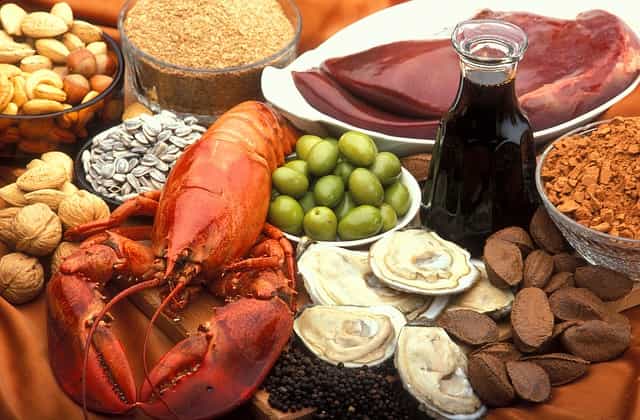
Cooking techniques, secrets, and tips from the kitchen
- Despite their origins in South America, Brazil nuts are a versatile ingredient that can be included in a wide variety of recipes from different regions all over the world. It would be a good idea to use them in dishes with a fiery Asian flavour profile or to include them in dishes with a delicate Chinese flavour profile. In addition to going well with other things, they pair particularly well with the garlicky tomato flavours of the Mediterranean and the grain-based dishes of Africa.
- If you want to improve the flavour of your Brazil nuts and give them a crunchier texture, roasting them is your best bet because it will bring out their natural sweetness. The stovetop is the starting point for the first method of roasting. To accomplish this, you will need to bring a skillet with a deep bottom up to temperature for several minutes. After that, throw in your Brazil nuts and distribute them evenly on the baking sheet using a spatula. Turn them over carefully with a spatula once every minute for many minutes until you detect a toasty and nutty aroma coming from them. Take the Brazil nuts away from the heat and, if you so choose, mix them with salt and any other spices that you enjoy.
- If you prefer to roast Brazil nuts in the oven instead of on the stove, the process is just as simple and straightforward. Put your Brazil nuts on a baking sheet that has been wrapped in parchment paper and put it in an oven that has been preheated to 350 degrees Fahrenheit. First, give your Brazil nuts a roasting time of five minutes, then remove them, give them a toss, and give them another five minutes. While the food is still warm, toss it with any herbs, spices, or salt of your choosing to add more flavour.
- Just mix them together with the rest of your muesli ingredients, and you’re good to go. Recipes for low-fat cakes, biscuits, and desserts sometimes call for the ingredients to be grated, diced, or crushed into a fine powder. Because Brazil nuts have a naturally sweet flavour, including them in a dessert recipe when sugar is also called for could enable you to cut back on the total amount of sugar required.
- When used in savoury applications, Brazil nuts often taste best after being lightly roasted and, if preferred, after being mildly salted. The scrumptious flavours of the components are unmistakably brought out by this method. Place the nuts in an even layer on a baking sheet made of metal, and then toast them for a few minutes at a temperature in the middle of the range, stirring the pan occasionally. Before serving, give them time to develop a nice golden colour. Sprinkle a little bit of sea salt over the dish while it is still hot and serve.
- It is possible that the amount of protein that is contained in rice dishes such as pilaffs and risottos could be increased by the addition of toasted Brazil nuts to the dish. It is also important to note the flavour and texture that they contribute. You can add them to salads or just eat a mountain of them by themselves with vegetables to increase the amount of protein and flavour in a meal while also getting more fibre out of the deal.
- In addition, roasted Brazil nuts can be used in place of peanut butter if they are processed in a food processor along with a small amount of oil and a tiny bit of coarse salt until they reach a consistency where they can be spread. Consider incorporating it into a sandwich that also features freshly baked whole grain bread and a tomato that has been sliced very thinly. If you’re looking for a change of pace, try spreading the same spread on a jacket potato instead of margarine or butter. It’s quite tasty!
- Coconut, nectarine, pumpkin, apricot, blackberry, blood orange, cherry, broccoli, and eggs are some meals that pair nicely with Brazil nuts. Many spices are used in dishes, including cinnamon, cumin, nutmeg, saffron, and smoked paprika, among others. Caramel, coffee, honey, oats, and cheese are some other components that can be used in recipes as supplementary elements that complement Brazil nuts.
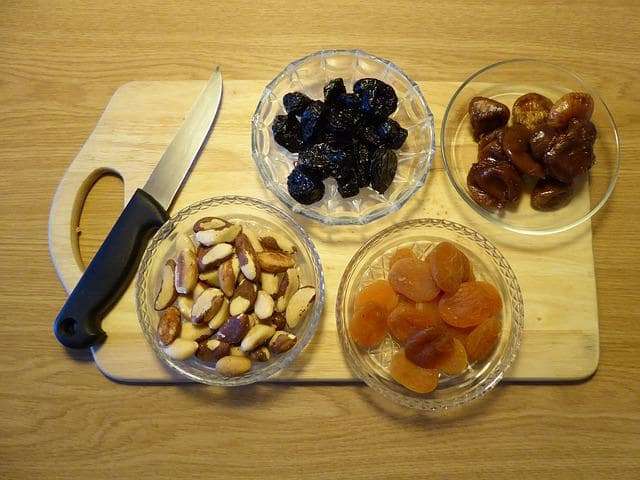
History of brazil nuts from the beginning until today
- A tree known as Bertholletia excelsa can be found in the Amazon rain forest, which covers a large portion of northwest Brazil in addition to other countries such as Peru, Bolivia, Colombia, Venezuela, and Ecuador. In lowland rain forests that are not frequently flooded, the trees may live for up to or even more than 500 years.
- A fruit with a tough shell that contains a single seed is called a nut. But Brazil nuts are actually seeds, as they are found within giant pods that are about the size of a baseball and clustered in groups of ten to twenty-four. In point of fact, they are more similar to blueberries and persimmons than they are to walnuts and pecans.
- Brazil nuts have been consumed by Native Americans ever since the Upper Palaeolithic epoch, which occurred 11,000 years ago. In the year 1569, Spanish and Portuguese explorers were travelling across South America, murdering, slaughtering, and subjugating the native peoples they encountered along the way.
- It wasn’t until the Spanish and Portuguese had greater access to the trees that the brazil nut industry really took off. Dutch merchants were responsible for introducing the cuisine to Europe for the very first time in the early 1600s, despite the widespread perception to the contrary.
- In the same way that it took Brazil nuts a long time to become popular in America, it also took a long time for them to be included in the ubiquitous tins of mixed nuts that can be found on the shelves of grocery stores. At this time, Bolivia provides the United States with approximately half of all Brazil nut imports.
- In Brazil, it is against the law to cut down a Brazil nut tree (which is often done with the intention of harvesting lumber and Brazil nuts), unless the individual in question has received prior authorization to do so from the Brazilian Institute of Environment and Renewable Natural Resources.
- The Amazon regions of Brazil and Bolivia were responsible for producing 92% of the world total production of Brazil nuts (in shells) in the year 2020. The majority of Brazil nuts come from wild harvests in tropical forests, with the Amazon regions of Brazil and Bolivia accounting for the majority of these harvests.
